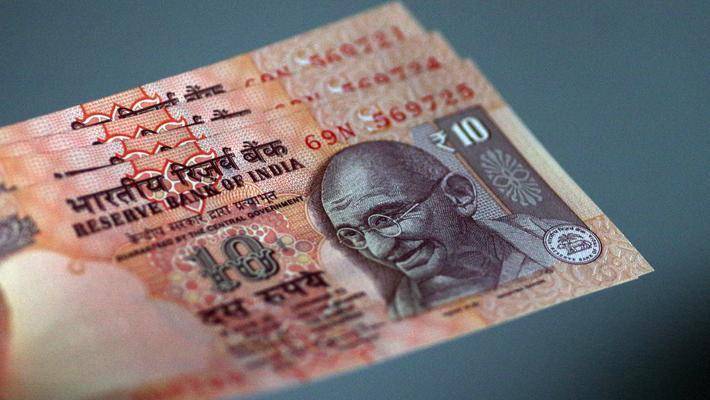 为什么印度年轻人那么多,经济却很差?
为什么印度年轻人那么多,经济却很差?
正文翻译

Why is India''s economy poor although it has so many youth?
为什么印度年轻人那么多,经济却很差?

Why is India''s economy poor although it has so many youth?
为什么印度年轻人那么多,经济却很差?
评论翻译

Why is India''s economy poor although it has so many youth?
为什么印度年轻人那么多,经济却很差?

Why is India''s economy poor although it has so many youth?
为什么印度年轻人那么多,经济却很差?
很赞 1
收藏